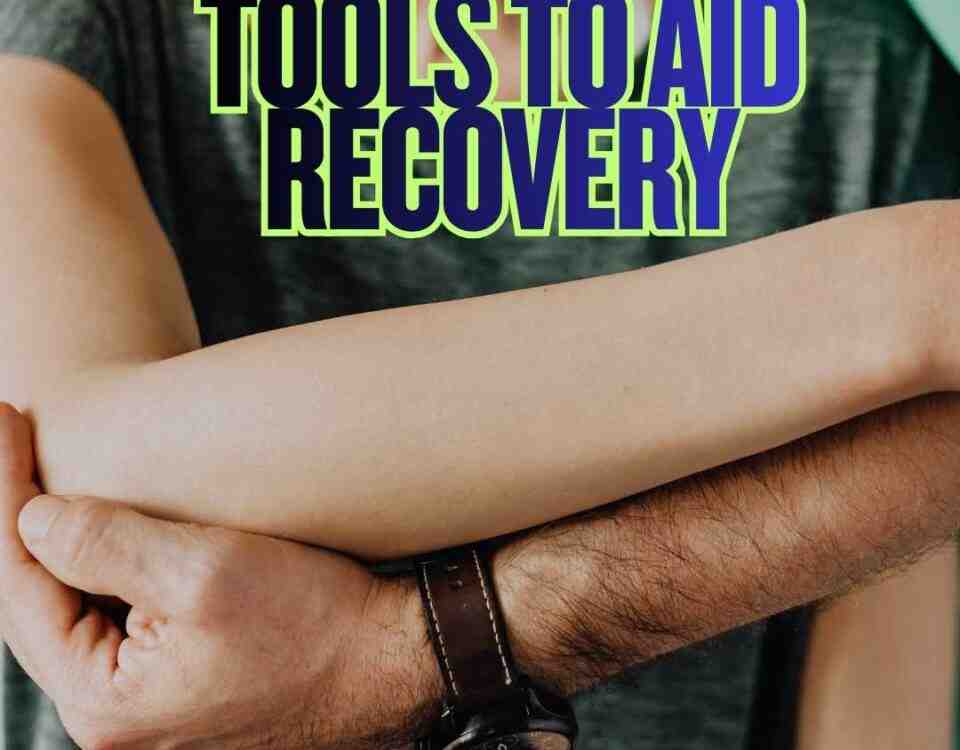Helmet Safety in Motorcycle and Bicycle Accidents

5 Important Functions of the Thyroid Gland
December 31, 2024
Rib Fractures After a Car Accident
December 31, 2024- Accident doctor
- accupuncture
- airplane headache
- alzheimer's
- best habits
- Brain Injuries
- car accident
- car accidents
- cervical strain
- colds
- concussion
- Concussions
- disc bulge
- dosage meds
- dry needling
- dull pain
- E bike injuries
- florida
- good posture
- headaches
- Headrest positions
- Headrest positions after an accident
- Healthy choices
- Healthy flying
- healthy gift guide
- Healthy SPring Ideas
- hip pain
- hyperextension
- injury doctor
- insurance
- Kayaking
- kentucky
- kids motion sickness
- lifestyle
- motion sickness
- neck injury
- no fault insurance doctor
- noise healing
- osteoporosis
- pain symptoms
- pink noise
- posterior chain
- posture
- prevent osteoporosis
- Rest
- Scoliosis
- shoulder pain
- Stress with kids after a motor vehicle accident
- TBI
- tips
- tmj
- torn muscle
- Traumatic Brain Injury
- trigger points
- VitaminD
- What are Post Traumatic headaches?
Helmet Safety in Bicycle and Motorcycle Accidents
When accidents happen the impact can be devastating for cyclists and motorcyclists who are more vulnerable than drivers in cars or trucks. According to the National Highway Traffic Safety Administration (NHTSA), wearing a helmet reduces the risk of severe head injury by about 69% and the risk of death by 42% in motorcycle accidents. For cyclists, the Centers for Disease Control and Prevention (CDC) estimate that helmets reduce the risk of head injury by 85%. Even for experienced riders, accidents can happen due to factors beyond your control, such as road hazards, weather conditions, or distracted drivers. Dr. Deryk Harting, a team member of one of the highest rated car accident medical care organizations in Florida, discusses helmet safety in bicycle and motorcycle accidents.
Helmets are designed to protect your head by absorbing energy from an impact, and reducing the force transferred to the skull and brain. They do this in several ways:
- Outer Shell: The hard outer shell of a helmet is typically made of materials like polycarbonate or fiberglass. This shell is responsible for distributing the impact force across the surface area of the helmet, which helps reduce the force concentrated on any one point of the head.
- Impact Absorbing Layer: Beneath the shell, there is an impact-absorbing foam layer, usually made from expanded polystyrene (EPS). This foam compresses during an impact, converting kinetic energy into heat, which slows the deceleration of your head. This gradual deceleration is key to reducing the risk of severe brain injuries.
- Padding and Straps: The inner padding ensures a snug fit, preventing the helmet from shifting or moving during an accident. The straps help keep the helmet securely in place, so it does not come off during a crash.
- Visors and Air Vents: Some helmets come with visors to protect your face and eyes from debris, rain, and the sun. Ventilation systems ensure that the helmet does not get too hot, which can help improve focus and reduce fatigue during long rides.
Motorcycle accidents often involve high-speed collisions, making helmets essential for reducing fatalities. According to the World Health Organization (WHO), motorcycle helmets are proven to reduce the risk of death by 40% and the risk of serious injury by 70%. Despite these statistics, a significant number of riders still choose not to wear helmets, either due to personal beliefs, comfort, or the belief that they are not at risk. In cycling, although speeds are usually lower, head injuries still occur, and the injuries can be just as severe. The CDC reports that more than 1,000 cyclists are killed each year in the United States, and a significant amount of these fatalities involve head injuries. Moreover, many of these fatalities could be prevented with proper helmet use.
Selecting the right helmet is vital for maximum protection. For motorcycle riders, make sure the helmet meets safety standards set by organizations such as the Department of Transportation (DOT), the European Union’s ECE, or Snell Memorial Foundation. For cyclists, look for helmets that are certified by the Consumer Product Safety Commission (CPSC). A proper fit is also essential. A helmet that is too loose might not stay in place during a crash, and one that is too tight could cause discomfort, leading you to remove it. Always try on helmets before purchasing and ensure that they fit snugly and securely.
Whether you are on two wheels for fun, fitness, or commuting, helmet safety should always be a priority. It is a simple, affordable step that can save your life or protect you from severe injury. Helmets significantly reduce the risk of head injuries in both bicycle and motorcycle accidents, making them one of the most important pieces of safety equipment you can invest in.
— This article is written by Deryk Harting, DC, one of the members of Chambers Medical Group’s team of car accident chiropractors who offer a variety of treatments and therapies ranging from diagnostic testing to various soft tissue therapies for car accidents and injuries in Florida.
- Car Accident Medical Clinic in Tampa
- Car Accident Medical Clinic in Plant City
- Car Accident Medical Clinic in Brandon
- Car Accident Medical Clinic in Lakeland
- Car Accident Medical Clinic in Sarasota
- Car Accident Medical Clinic in Louisville
- Car Accident Medical Clinic in Lexington
- Car Accident Medical Clinic in Florence




